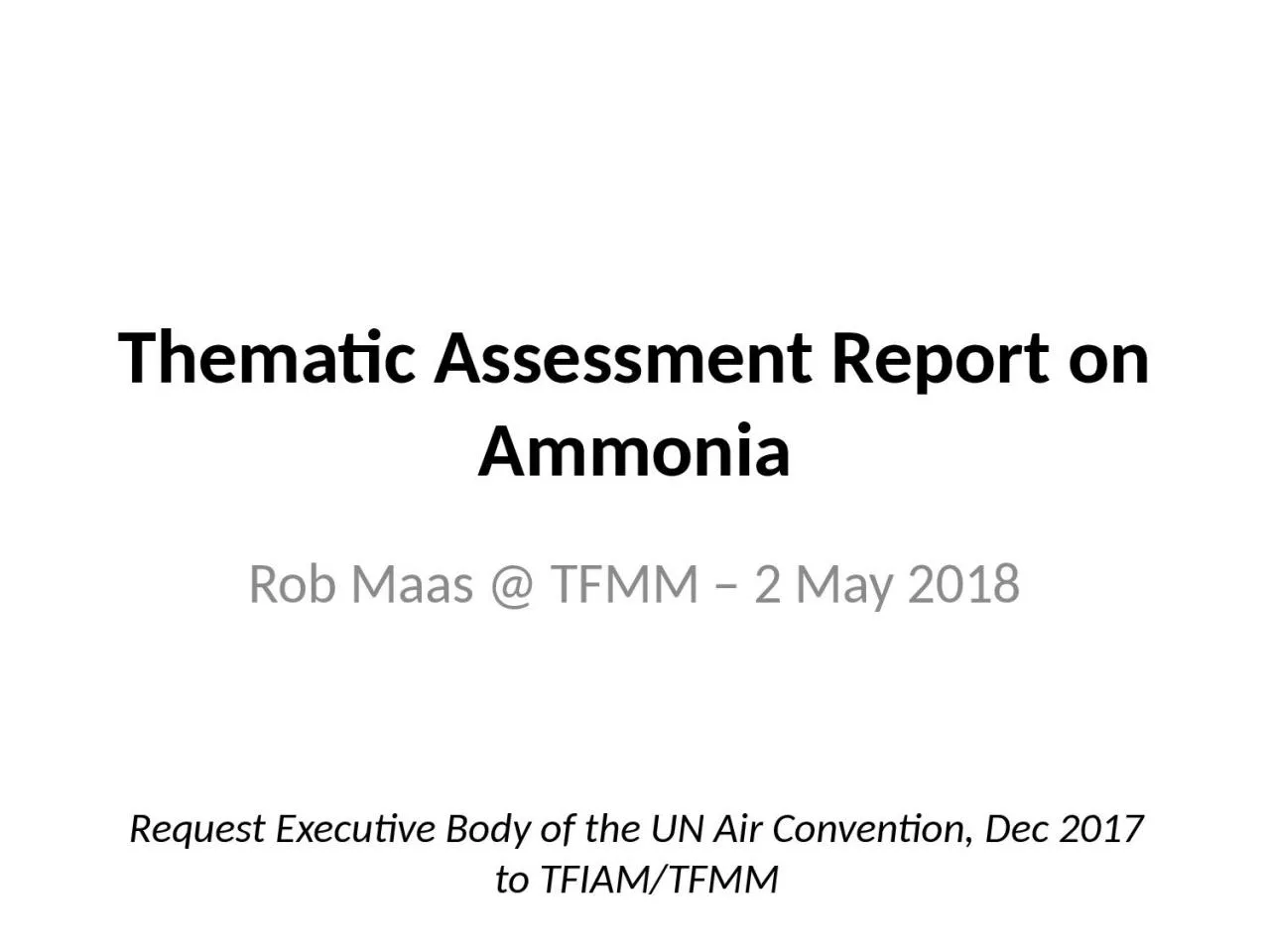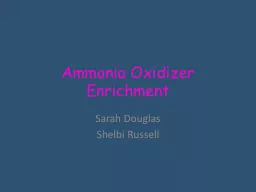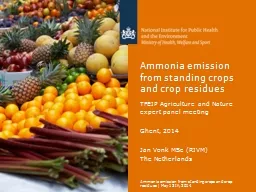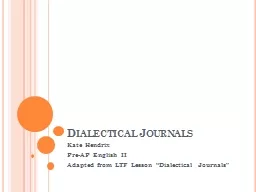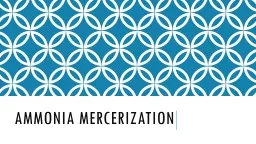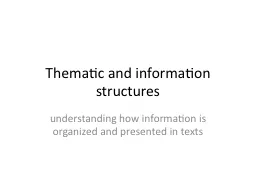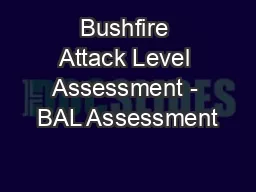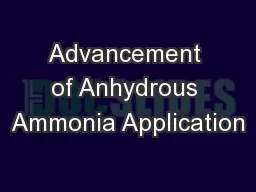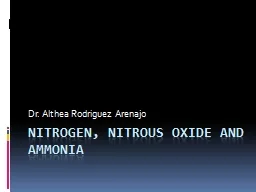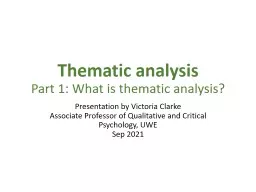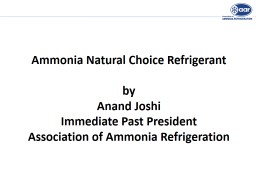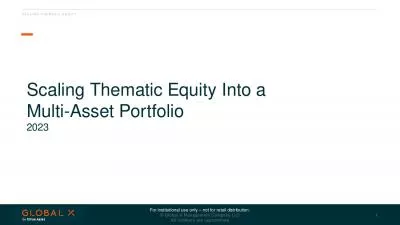PPT-Thematic Assessment Report on Ammonia
Author : Gunsmoke | Published Date : 2022-08-04
Rob Maas TFMM 2 May 2018 Request Executive Body of the UN Air Convention Dec 2017 to TFIAMTFMM Request Prepare a concise lowno budget report that shows
Presentation Embed Code
Download Presentation
Download Presentation The PPT/PDF document "Thematic Assessment Report on Ammonia" is the property of its rightful owner. Permission is granted to download and print the materials on this website for personal, non-commercial use only, and to display it on your personal computer provided you do not modify the materials and that you retain all copyright notices contained in the materials. By downloading content from our website, you accept the terms of this agreement.
Thematic Assessment Report on Ammonia: Transcript
Download Rules Of Document
"Thematic Assessment Report on Ammonia"The content belongs to its owner. You may download and print it for personal use, without modification, and keep all copyright notices. By downloading, you agree to these terms.
Related Documents

